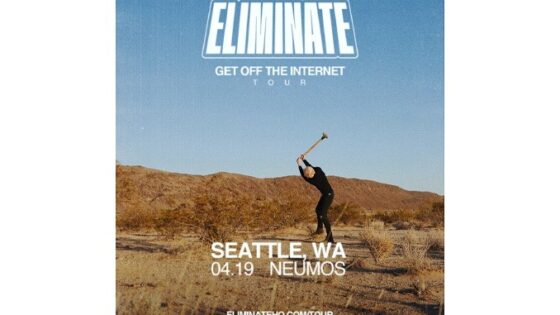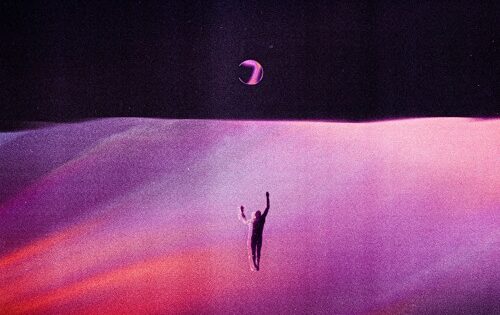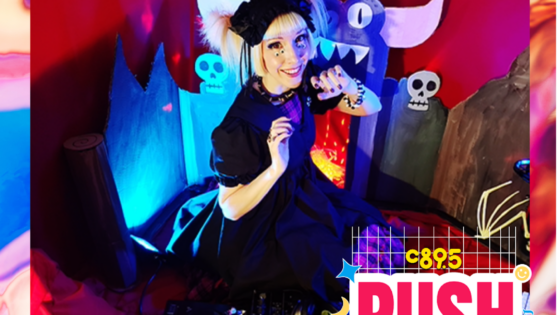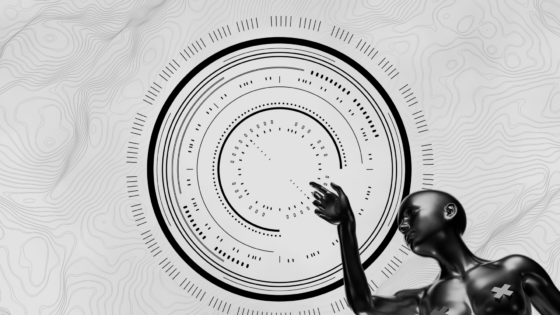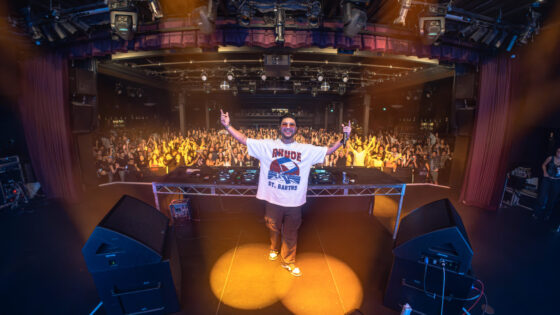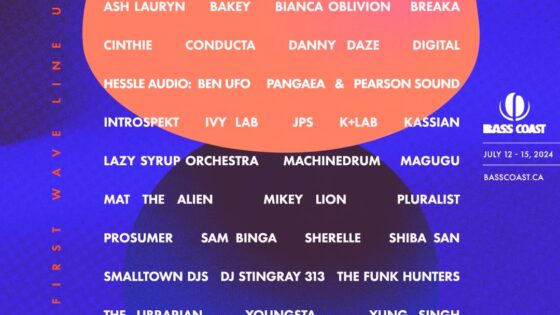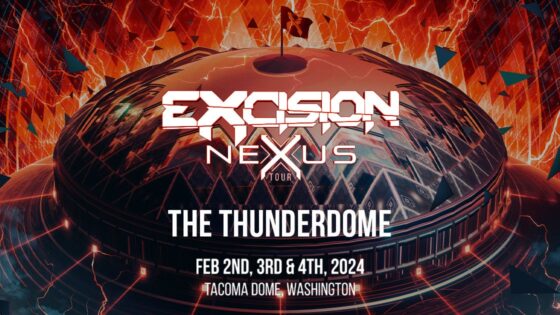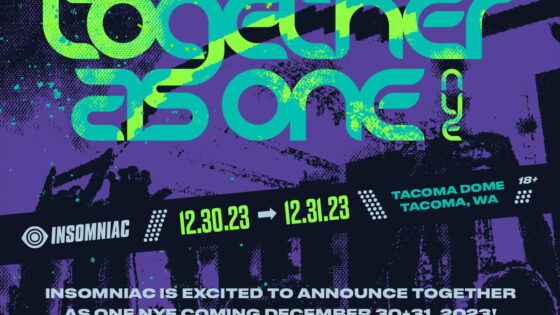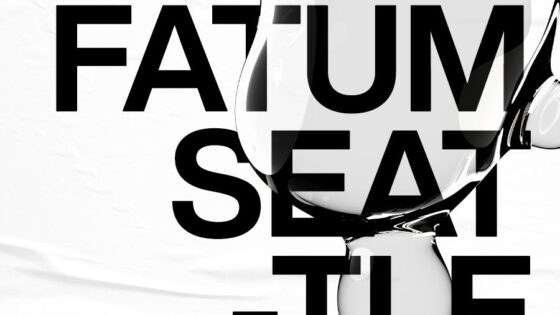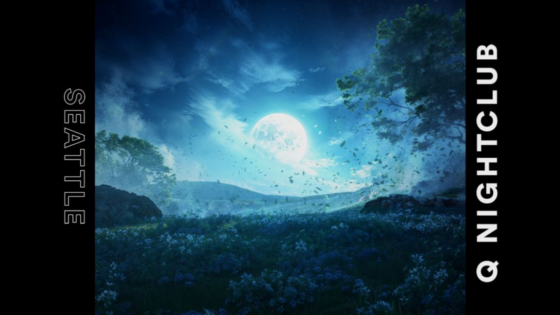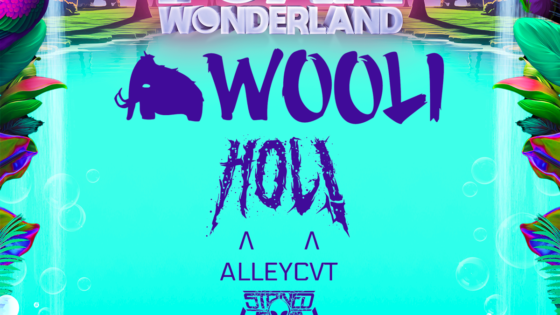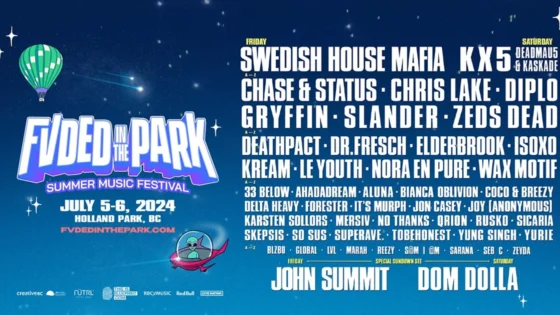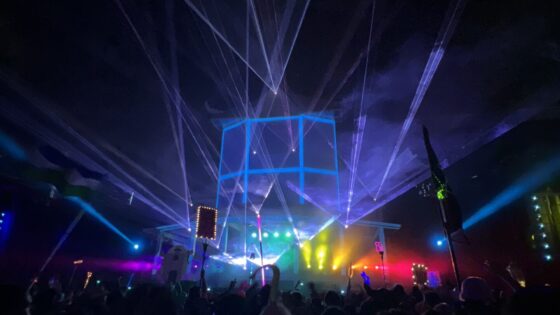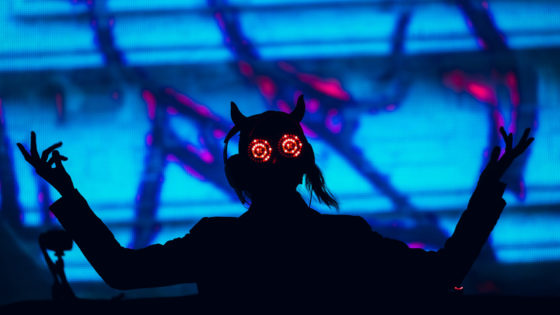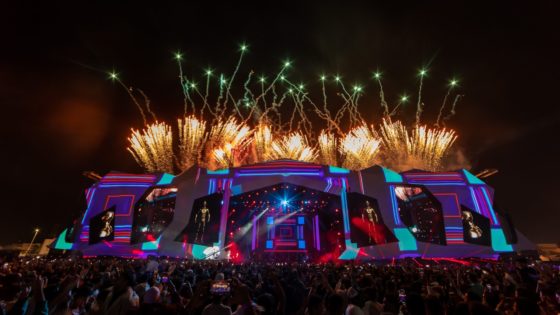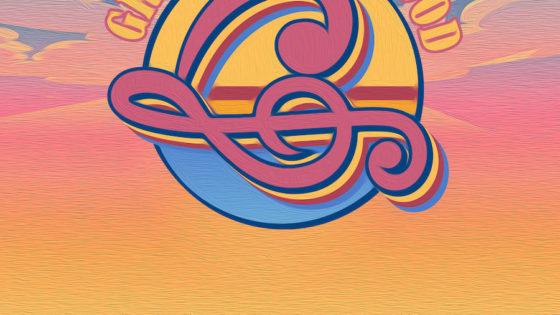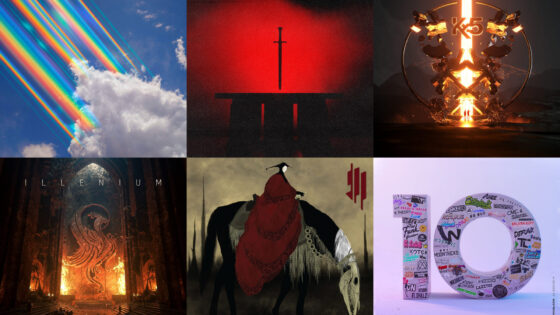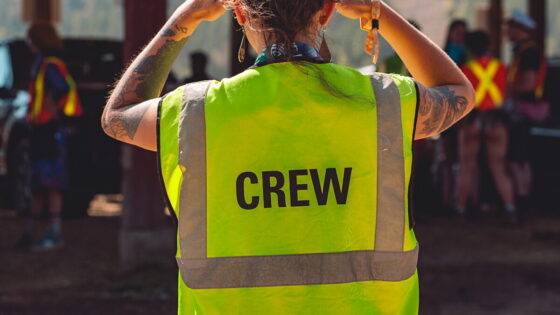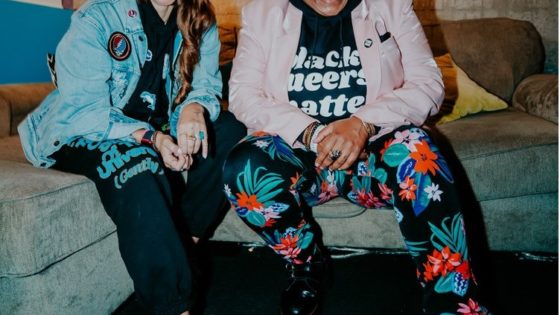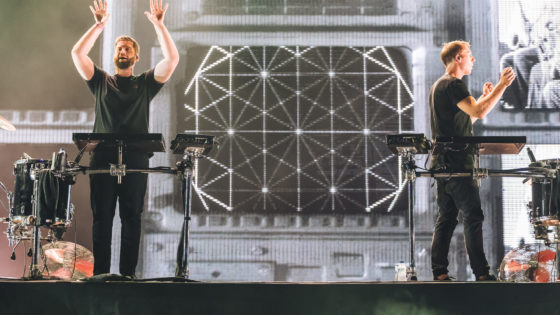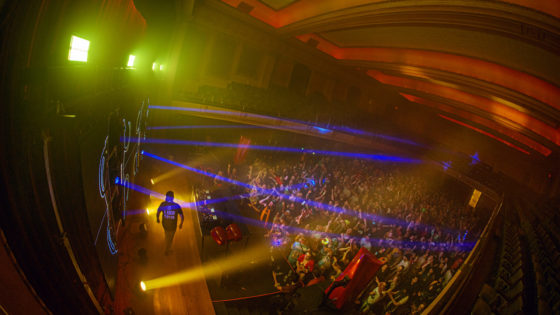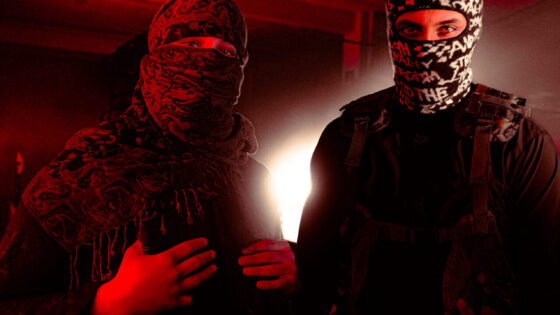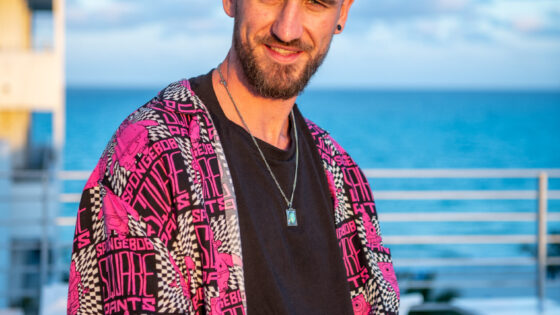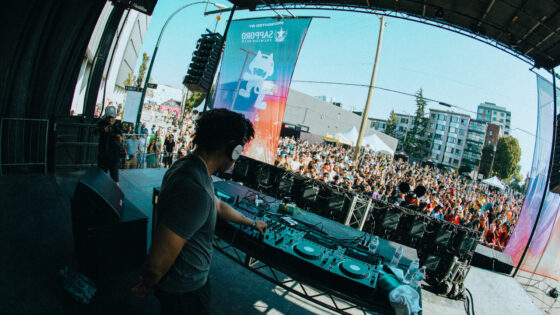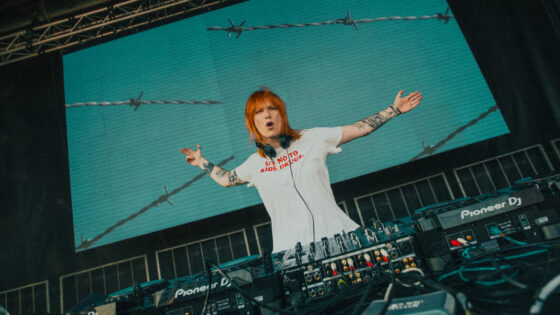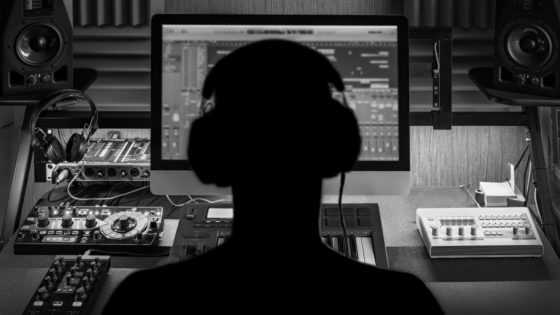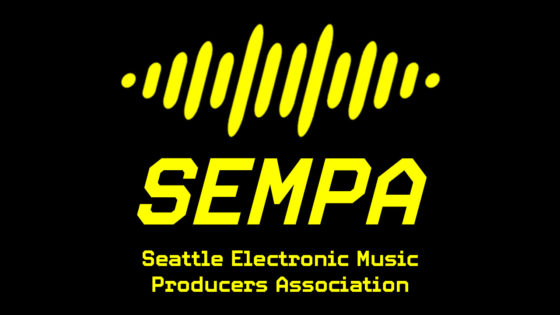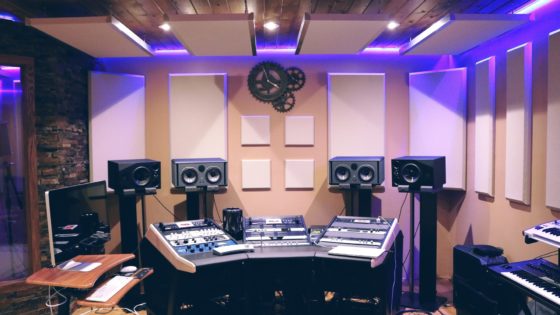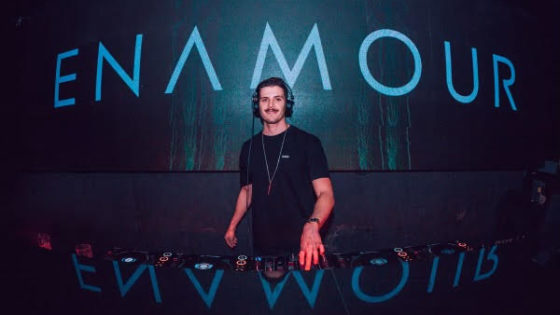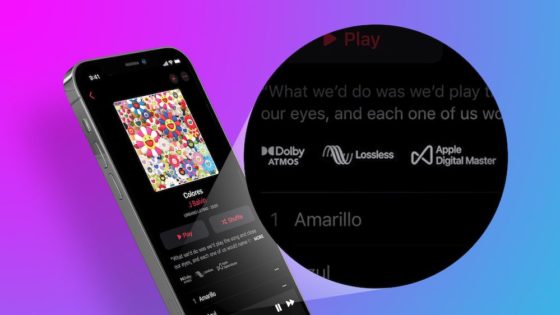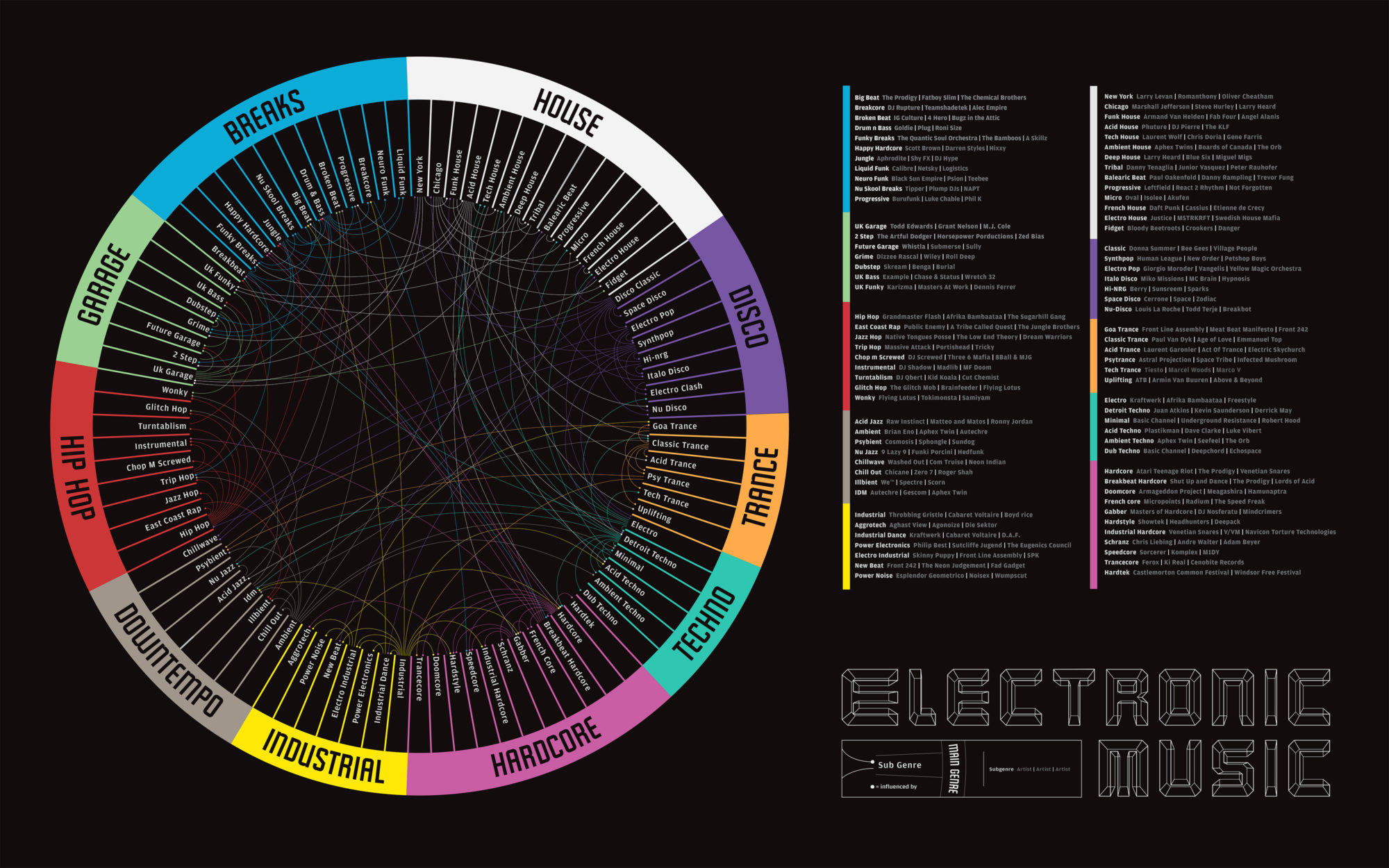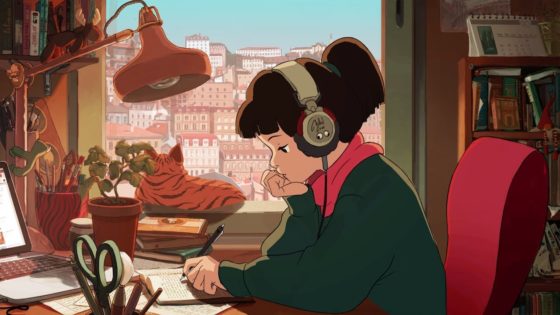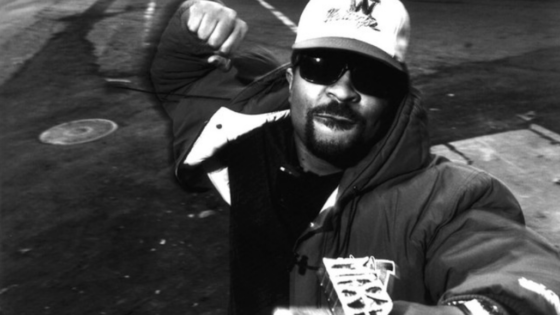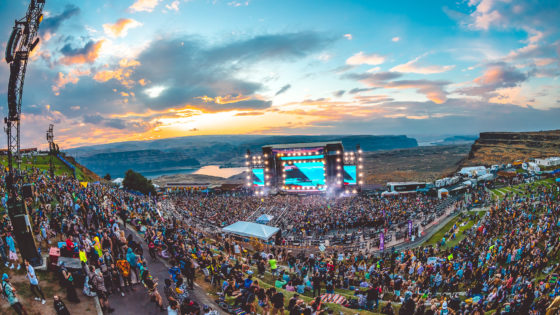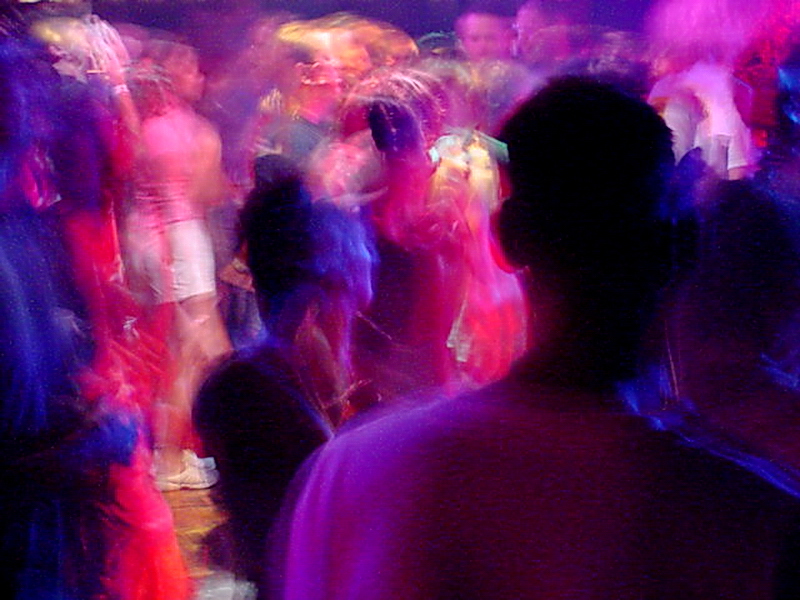The History and Growth of Electronic Music
With the invention of computers, electronic music took on the form of more computer-based production and synthesis in the 60s and 70s. Synths paved the way for the early movements of electronic music, allowing artists to connect synthesizers to traditional instruments, making an entirely electronic production. As synth pop and disco grew during that time, artists were seeking a way to branch out and create a unique sound. Groups like Pink Floyd and the Beatles started incorporating Moog synthesizers to have a more experimental sounds.
Pioneering Musicians of Electronic Music (70s – 80s)
While many artists used electronic-based instruments in the 60s, electronic style music and sound didn’t gain popular regard until the 70s. Inspired by the German avante-garde movement and newest synthesizer technology, Kraftwerk took an innovative approach to the traditional keyboard and flute, bringing electronic music mainstream. Kraftwerk laid the foundation for club music, from genres like synthpop, house, and techno. If you really want a blast from the past, check out Kraftwerk live at Rockapalast in 1970 (seriously, it’s pretty amazing).
Ambient emerged in the early 70s as one of the first sub-genres, with Tangerine Dream’s Electronic Meditation being one of its first albums. It featured jazz, classical, and rock elements, but included electronic sounds such as, burning parchment and broken glass.
Once Kraftwerk paved the way for electronic music, others began to follow suit. Another pioneer of electronic music during this time is Giorgio Moroder. As one of the founders of disco, Moroder capitalized on disco trends. He wrote Chase, the theme song to the 1973 film The Midnight Express. Chase goes on to become the first electronic music track to reach the Billboard Top 100, coming in at #33. Moroder continues to be a valuable asset to the electronic music scene. He came into the spotlight again for his collaborative involvement with Daft Punk’s album Random Access Memories, which won album of the year in 2014. On April 22, Giorgio Moroder is performing at the Neptune Theater.
The 80s was the era of the synths, with new technology like the MIDI developing. Computers became more accessible during this time, so many were able were to create from their own homes. During the 80s, the foundations of genres such as techno, DnB, and trance began to form. House already began to form as a genre by the late 70s. Another notable artist of this time is DJ Jesse Saunders and his track On and On, which some consider to be the first house record. Many artists capitalized on the success of Madonna’s pop-electronic album in the mid-80s, and Burning Man also has its first week long event in 1986.
Intro | 90s-2000s (Techno, Jungle/DnB, Trip-Hop) | 90s-2000s (Trance, Poptronica, Heavy Electro / Dubstep) | Classics That Are Still Important Today
Important things happen in Pacific Northwest nightlife, and DMNW will send you alerts!
ig: emmavh_19

